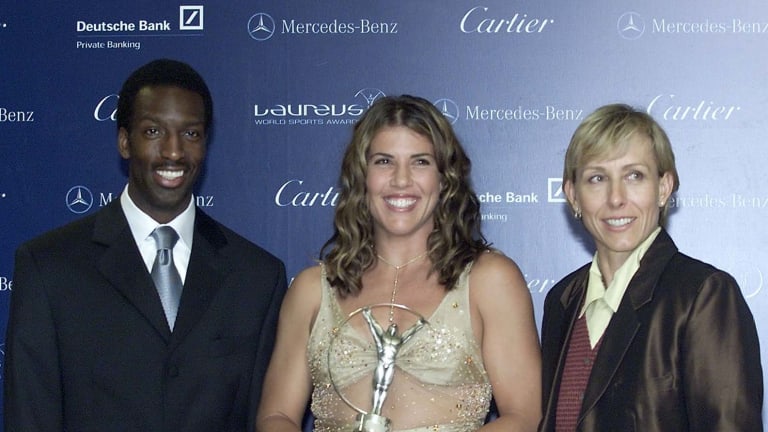WTA Charleston, USA
Rewatch, 1990 Hilton Head: Navratilova shows Capriati how to close
By Apr 08, 2020WTA Charleston, USA
Jessica Pegula fights through fatigue to win Charleston title against Sofia Kenin
By Apr 06, 2025WTA Charleston, USA
Jessica Pegula hails women’s sports, all-American Charleston final
By Apr 05, 2025WTA Charleston, USA
From 6-1, 2-0 down, Jessica Pegula dethrones Danielle Collins in Charleston
By Apr 04, 2025WTA Charleston, USA
Week in Preview: 2025 clay swing begins in Charleston, Houston
By Mar 31, 2025WTA Charleston, USA
Charleston: first WTA clay tournament to use electronic line-calling
By Mar 31, 2025WTA Charleston, USA
Danielle Collins storms to Charleston title, extends winning streak to 13 matches in a row
By Apr 07, 2024WTA Charleston, USA
Danielle Collins enjoys low-maintenance week in Charleston, previews Daria Kasatkina final
By Apr 06, 2024WTA Charleston, USA
Daria Kasatkina survives “tennis drama,” shocks Jessica Pegula to reach Charleston final
By Apr 06, 2024WTA Charleston, USA
With retirement in sight, it's one last lap for perfectionist Danielle Collins
By Apr 06, 2024Rewatch, 1990 Hilton Head: Navratilova shows Capriati how to close
We take a look back at a classic inter-generational final, when a 33-year-old legend outclassed a 14-year-old prodigy for her 150th career singles trophy in South Carolina.
Published Apr 08, 2020
Advertising
Advertising

Rewatch, 1990 Hilton Head: Navratilova shows Capriati how to close
© Getty Images
Advertising

Rewatch, 1990 Hilton Head: Navratilova shows Capriati how to close